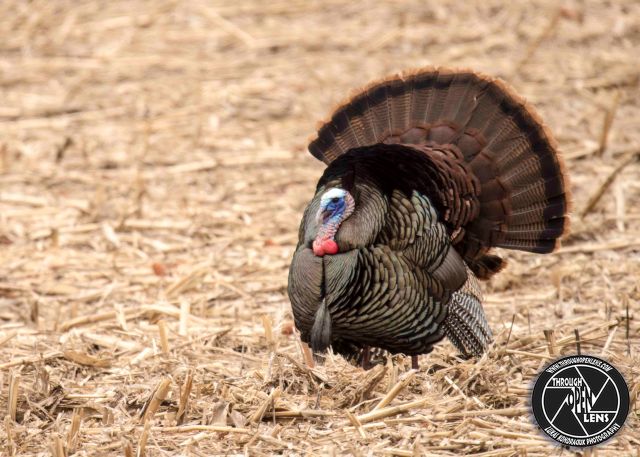F/10.0, 1/400, ISO 250.
White-Tailed Deer
Someone stole my Microsoft Office and they’re gonna pay.
You have my Word.
Interesting Fact: White-tailed deer are herbivores, leisurely grazing on most available plant foods. Their stomachs allow them to digest a varied diet, including leaves, twigs, fruits and nuts, grass, corn, alfalfa, and even lichens and other fungi. Occasionally venturing out in the daylight hours, white-tailed deer are primarily nocturnal or crepuscular, browsing mainly at dawn and dusk. ( http://www.nationalgeographic.com/animals/mammals/w/white-tailed-deer/ )










